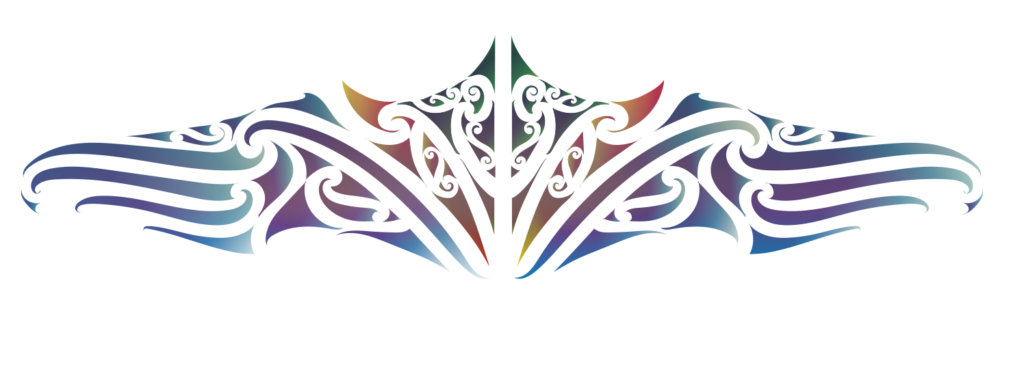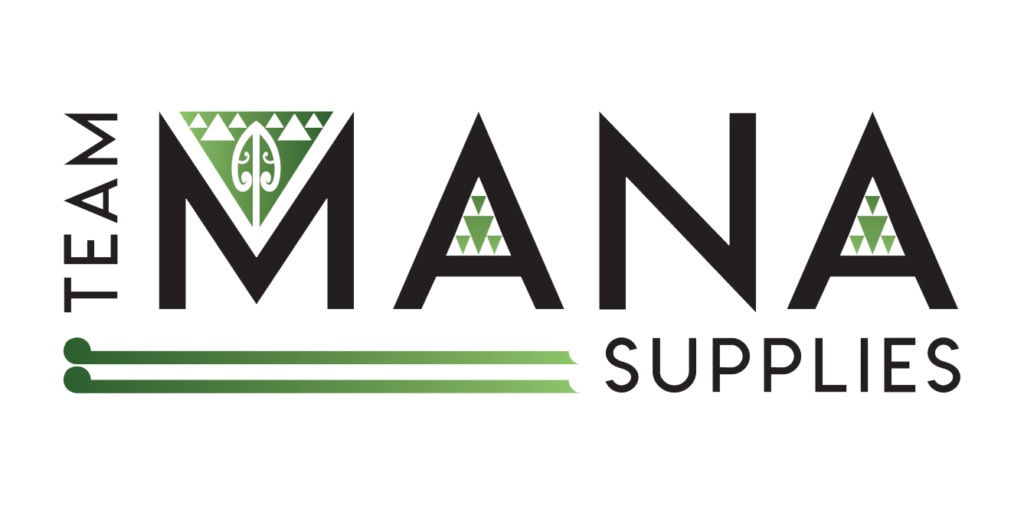Transmitting Mātauraka Māori technologies into horticultural reality. Growing kūmara in Te Waipounamu, 2019.
Kūmara and Kauru (a sweet food made from cooked Tī (Cordyline sp.) tree were symbiotic in their cultivation. In 1870, Hone Taare Tikao’s narrative explained in great detail preparation instructions for kauru and kūmara. Tikao’s knowledge when complemented with pūrākau (legends) from Pōhatu pā (Flea Bay) and a waiata (traditional song) recounts southern kūmara cultivation technologies.
Mātauraka Māori (Māori knowledge systems) maintained by hapū and whānau of Kāi Tahu posit counter-arguments that suggest environmental conditions limits kūmara growth. Alternative and larger food supplies lessened local Māori reliance upon its widespread cultivation in Te Waipounamu in pre-European times.
From 1848, the Mahika kai cycle was irretrievably damaged through dishonoured land transactions. The subsequent impacts further reduced kūmara production and many other land-based resources that fed people, and maintained iwi social cohesion. Newer cultivars and species of starches such as Māori potatoes and other root crops became more available for growth in isolation of kūmara and kauru.
This paper presents the Mātauraka Māori technologies and demonstrates through an active kūmara plantation programme in Lincoln, New Zealand, that it is possible to grow kūmara despite the colder environment.




